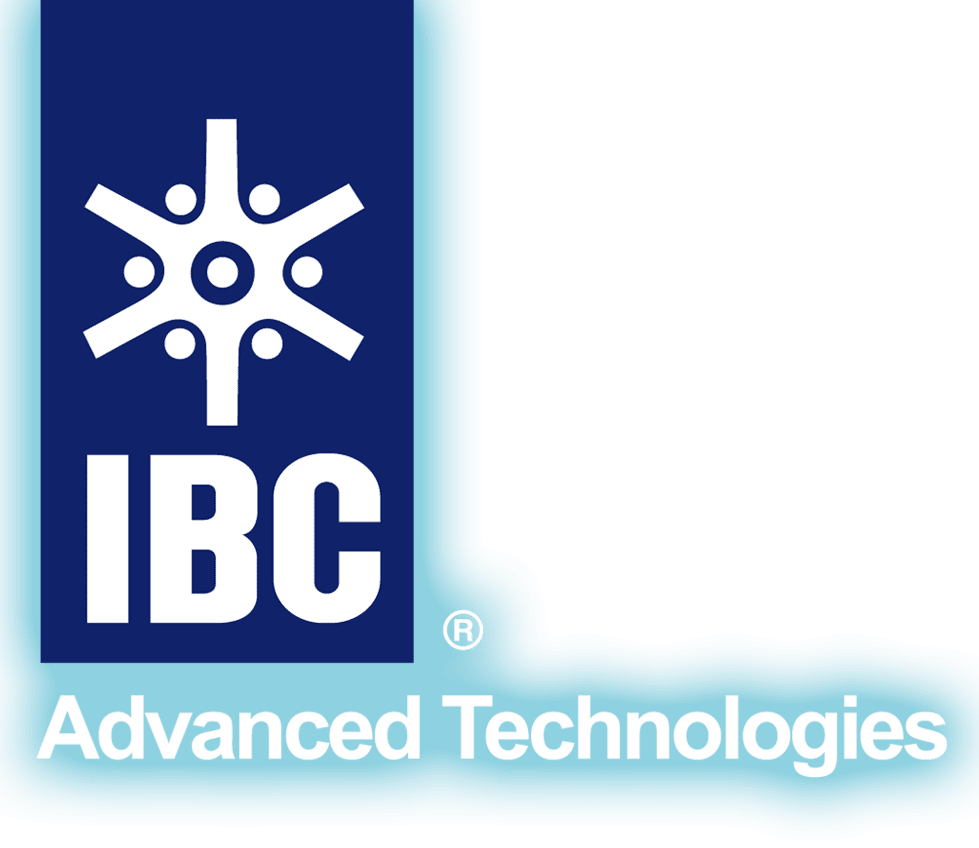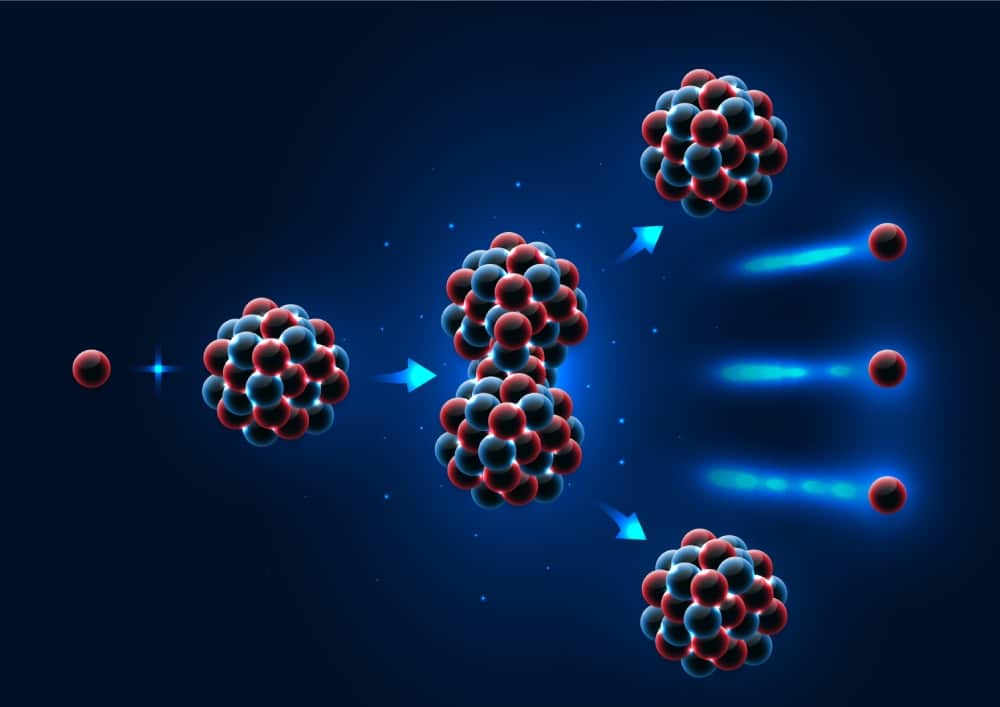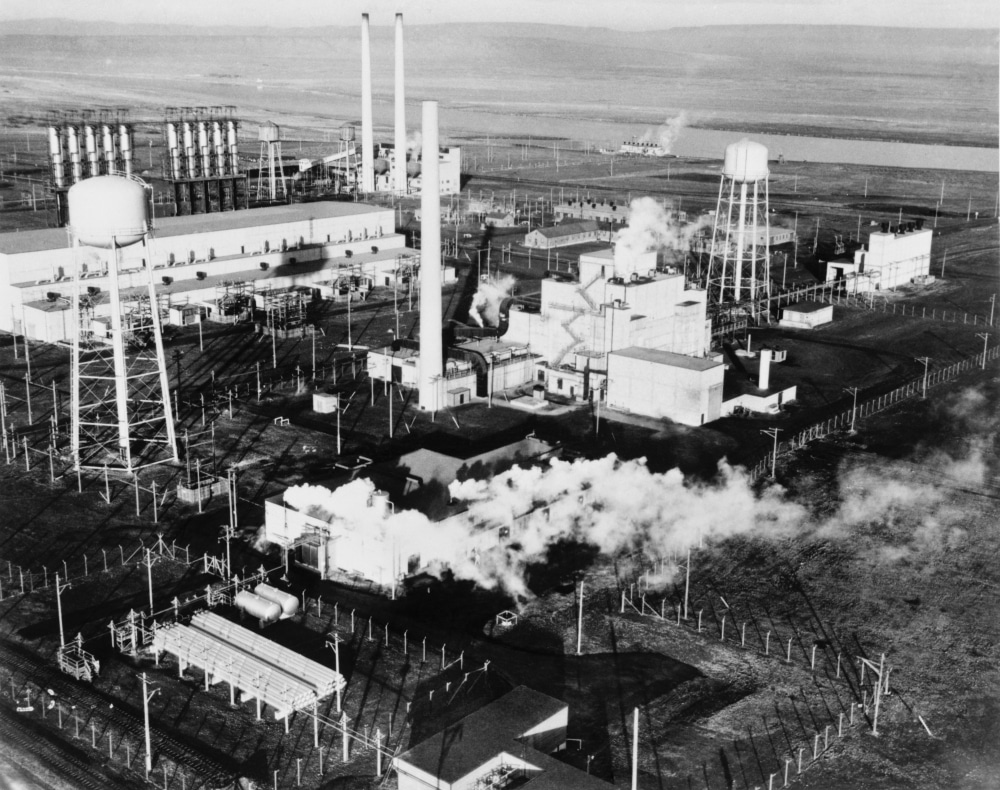Selective Separation of Radioisotopes
IBC’s SuperLig®, MacroLig® and AnaLig® products are effective for highly selective separations of cesium, actinium, strontium, technetium, radium, uranium, plutonium and other Radioisotopes / Radionuclide from a number of different matrices.
Examples include:
- Remediation of nuclear waste
- Separation of actinium-225 from a solution containing the complex matrix derived from a thorium-229 “cow” for targeted alpha therapy cancer therapy
- Purification of palladium-103, used in the brachytherapy treatment of prostate cancer
- Detection and analysis of radioisotopes
- Use of MacroLig® aza crown ethers as molecular magnetic resonance imaging (MRI) contrast agents
Nuclear Waste Remediation
Generation of waste by the nuclear industry has been extensive and ongoing since the World War II era. Selected examples demonstrating the effectiveness of IBC’s SuperLig® and MacroLig® products for nuclear waste purification, radionuclide purification, and radioisotope remediation, are given below:
Source: www.energy.gov
IBC was awarded a contract to supply MacroLig® 209 (BOBCalixC6) to the U.S. Department of Energy’s (DOE) Savannah River Site to clean up nuclear waste by selectively separating Cs-137, which is particularly dangerous to human health, from radioactive salt waste at the site. As part of the Salt Waste Disposal Technologies Team, IBC has won several awards, including the U.S. Department of Energy, Secretary’s Honor Award, for the successful scale-up of MacroLig® 209 (BOBCalixC6) production.
Case Study: Selective Separation of Cesium (Cs) and Technetium (Tc) from Nuclear Waste, Hanford, Washington, U.S.A.
Cs Separation and Recovery
Results showed that SuperLig® 644:- Had high selectivity for cesium over sodium and potassium, which are chemically similar to cesium.Feed solution ratios of sodium:cesium and potassium:cesium are around 100,000 and 2,000, respectively.
- Had high affinity for cesium, permitting reduction of total (radioactive and nonradioactive) cesium concentration to the low mg/L or high μg/L range.
- Permitted elution of the cesium in a relatively small volume.
- Retained its integrity in the presence of a highly basic solution.
- Resisted degradation from the radioactive solution for a sufficient period of time or volume of liquid (108–109 Rad).
Technetium Separation and Recovery
Similarly, SuperLig® 639 was tested for its ability to remove pertechnetate ion (99TcO4-) from the salt solutions in envelopes A, B, and C The separation was found to be more effective in envelopes A and B, than in envelope C. Results for envelopes A and B demonstrated the effectiveness of SuperLig® 639 in removing 99TcO4-.Case Study: Selective Separation of Cs and Sr from Seawater, Fukushima, Japan
In response to the 2011 Fukushima nuclear disaster, IBC participated in a Japanese Government subsidy program administered by the Mitsubishi Research Institute, for technologies capable of cleaning up seawater contaminated with radioactive cesium and strontium to below discharge limits, without extracting appreciable quantities of common constituents of seawater, i.e., sodium, potassium, magnesium, and calcium.
IBC developed a flowsheet for cesium and strontium removal from the Fukushima, Dai’ichi Harbor using SuperLig® 644 and SuperLig® 605. Calculations showed that the fraction of cesium and strontium initially present in the harbor could be reduced by 90% over 200 days using the SuperLig® MRT™ process in skip mode.
Case Study: Selective Separation of Cesium from Fly Ash, Takuma Company, Japan
Takuma (Japan) reported a system for selectively removing radioactive cesium from fly ash using SuperLig® 644. In this process, the cesium is removed from the contaminated feed solution to the 99% level with no interference from other metals present.







